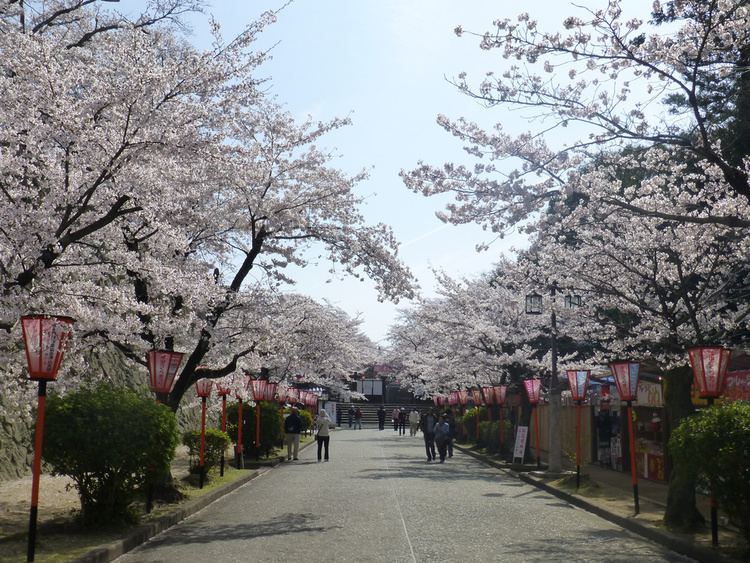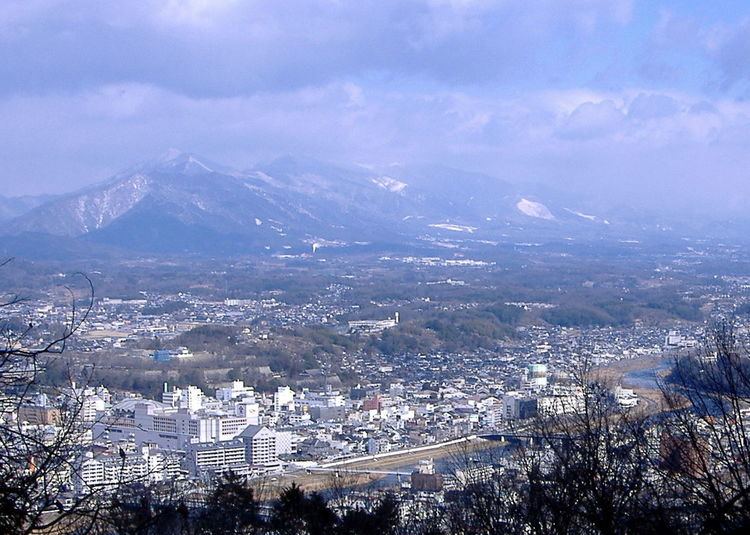Country Japan Region ChugokuSanyo Population 106,788 (2010) | Area 506.36 km2 | |
 | ||
Colleges and Universities Mimasaka University, Tsuyama National College of Technology | ||
Mayor Akinori Miyaji (since March 2010) | ||
Tsuyama city by g h beans
Tsuyama (津山市, Tsuyama-shi) is a city in Okayama Prefecture, Japan.
Contents
- Tsuyama city by g h beans
- 53 1 2 4 okayama city to tsuyama city
- History
- Climate
- Festivals
- Attractions
- Education
- Transport
- Air
- Rail
- Road
- Sister cities
- Notable people from Tsuyama
- The boy from bosnia tours japan part 1 tsuyama and osaka
- References

As of 2017, the city had an estimated population of 102,294 and a population density of 200 persons per km². The total area was 185.73 km². The area increased in 2005 as the result of a merger with adjacent towns, which also boosted the city's population to more than 100,000.

53 1 2 4 okayama city to tsuyama city
History
The city was founded on February 11, 1929.
Tsuyama is known for the 17th century Tsuyama Castle, whose grandeur was said to rival that of Himeji Castle in neighboring Hyōgo Prefecture. The castle was destroyed in 1874, and today only the stone foundations remain, save for a single turret that was reconstructed in 2005. The castle ruins remain Tsuyama's main tourist attraction along with Joto Street, a narrow street of old, traditional buildings that was once part of the pilgrimage route from Kyoto to Izumo, and Shurakuen Garden, a traditional Japanese garden constructed in 1657.
The 1938 Tsuyama massacre, in which 21-year-old Mutsuo Toi murdered 30 people in the course of one and a half hours, took place in a village near Tsuyama which became part of the city of Tsuyama in 2005. It was considered for several decades to be the world's largest massacre committed by a single criminal.
On February 28, 2005, the town of Kamo, the village of Aba (both from Tomata District), the town of Shōboku (from Katsuta District), and the town of Kume (from Kume District) were merged into Tsuyama.
Climate
Tsuyama has a humid subtropical climate (Köppen climate classification Cfa) with very warm summers and cold winters. Precipitation is significant throughout the year, but is somewhat lower in winter.
Festivals
Attractions
Education
Transport
Tsuyama's main railway station is Tsuyama Station. The station is served by the Tsuyama Line (to Okayama), the Kishin Line (to Himeji and Niimi), and the Imbi Line (to Tottori). All services are operated by JR West. Tsuyama is one of the major cities along the Chūgoku Expressway. As with many Japanese cities, cycling is a very common form of transport, particularly among school students.
Air
The nearest airport is Okayama Airport.
